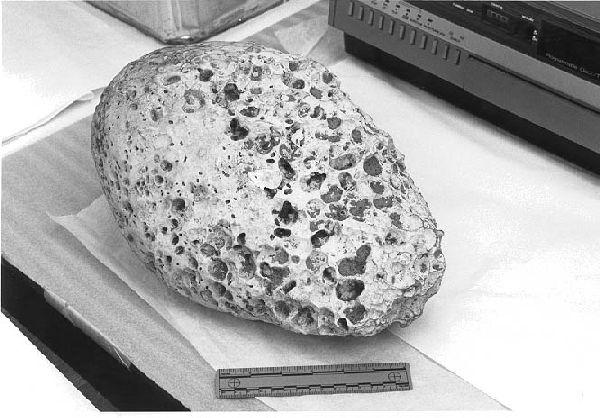
Ballast stones, whose weight stabilized empty ships, have been found at various colonial landing sites along the North Carolina coast. Although there are no known records, residents and local historians believe that these stones, found in coastal counties along the shore and under water, were used as ballast in early sailing vessels. In the colonies, the market for manufactured goods from abroad was limited, but local produce such as lumber, naval stores, grain, and tobacco was exported from North Carolina. On the westbound voyage, ships needed weight to lower them in the water to keep them from capsizing; large stones filled the ships' hold, but after they arrived this ballast was thrown overboard to be replaced by products from the colony.
Jettisoned stones began to clog the harbors so badly that in 1769 North Carolina political leader Richard Caswell presented a bill in the colonial Assembly to appoint a ballast master who would regulate this activity in the vicinity of Ocracoke Inlet. The problem persisted, however, and in 1784 the General Assembly passed an act that prohibited ballast stones from being thrown into the channel of the Cape Fear River. Thereafter, before docking, ships were required to dispose of their ballast prior to reaching the low watermark. Stones left in shallower water undoubtedly provided the cobblestones still seen in some of the streets along the river in Wilmington.